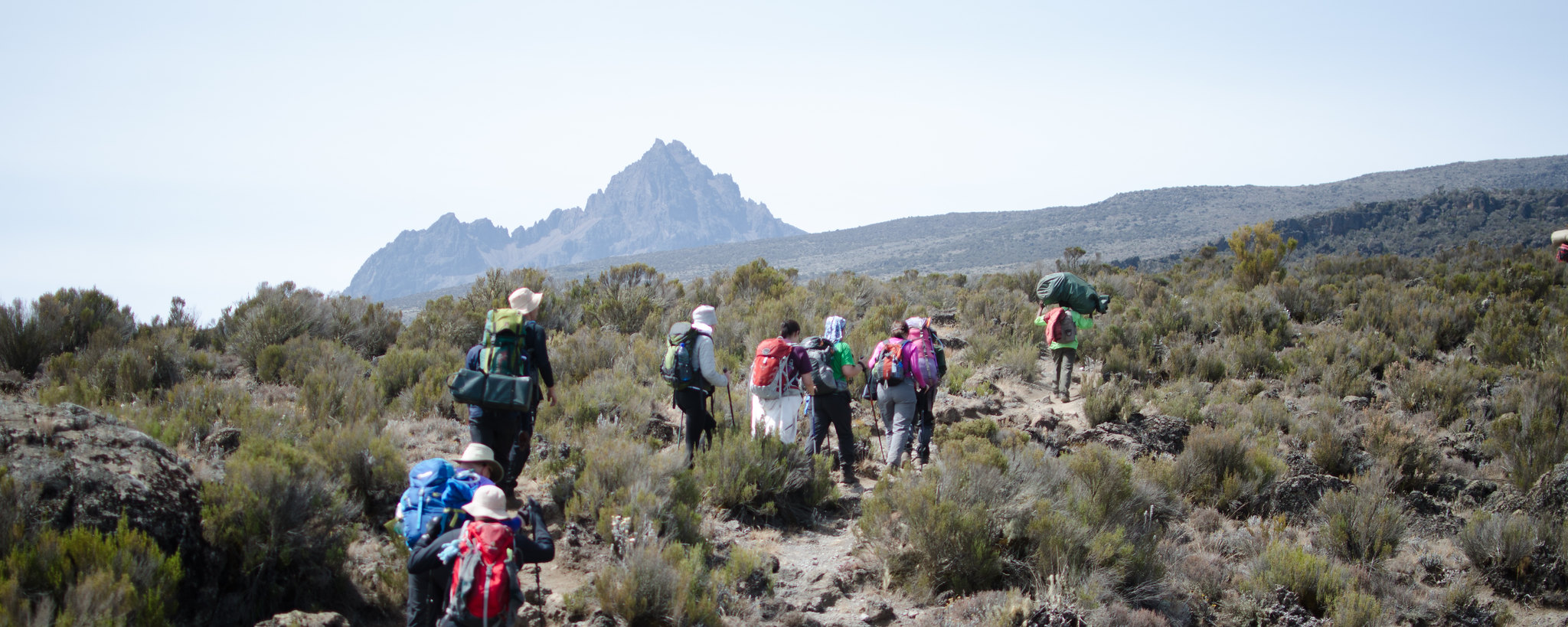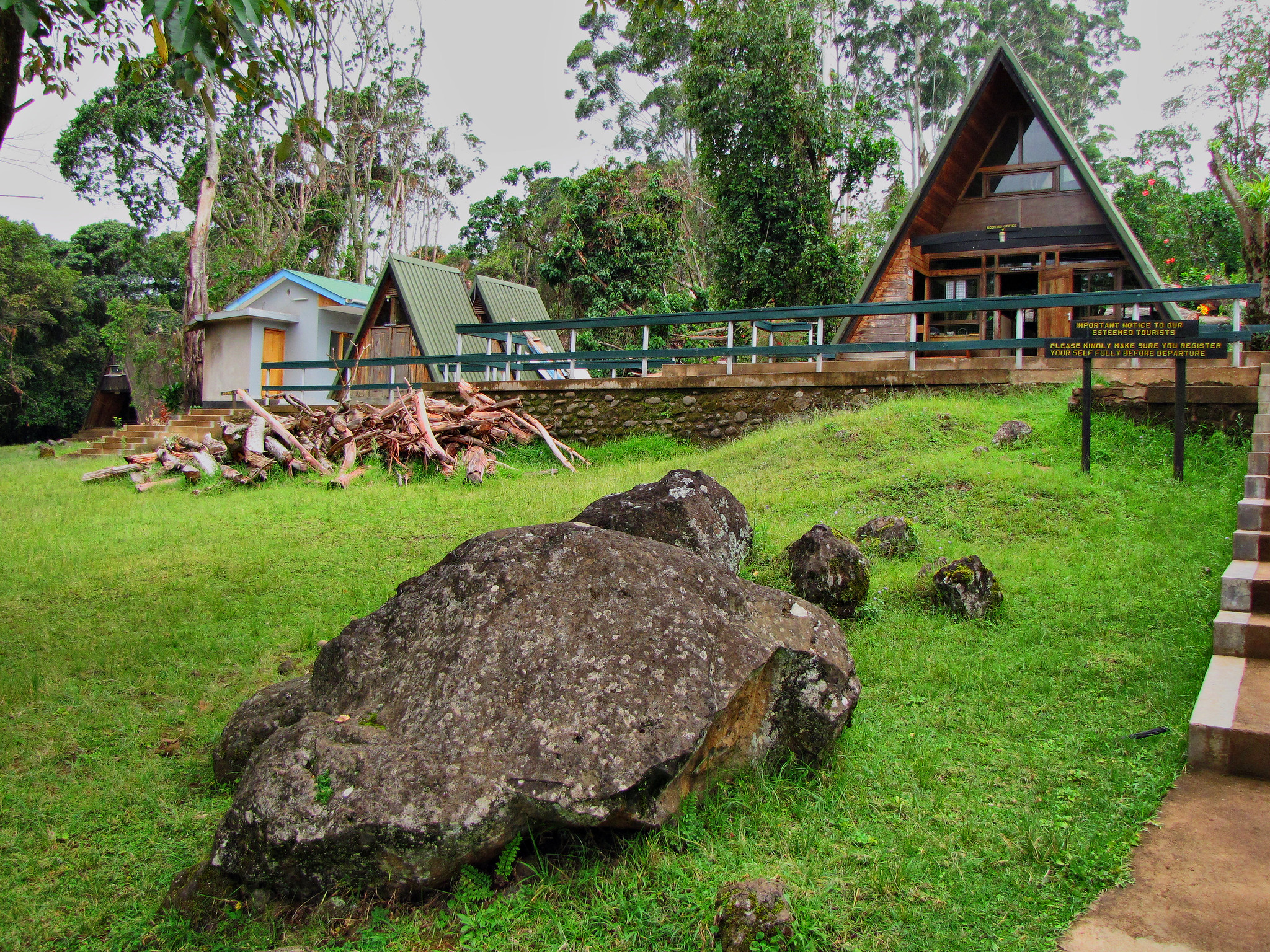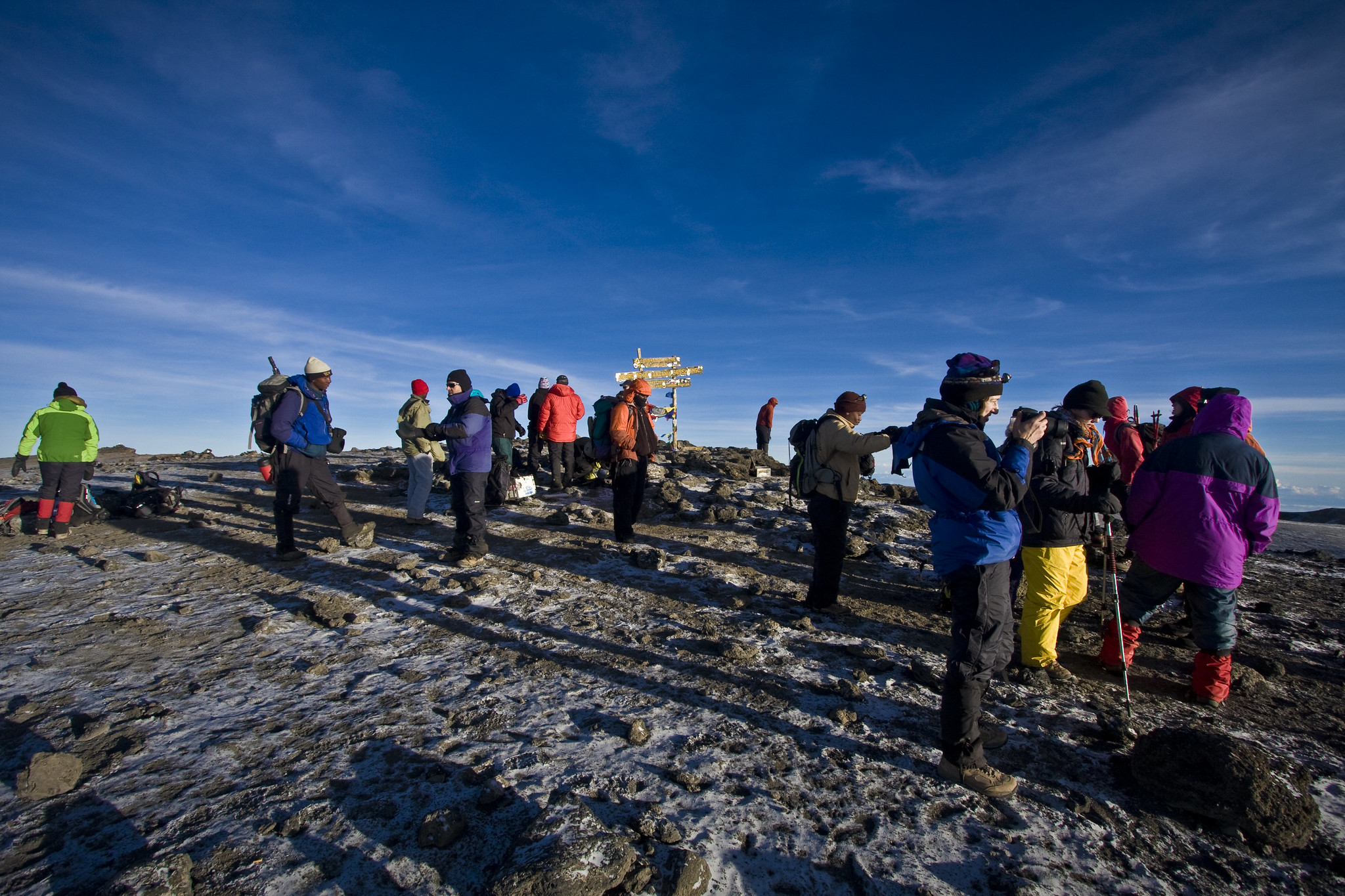Songo Mnara
The tiny island of Songo Mnara, about 8km south of Kilwa Kisiwani, contains ruins at its northern end – including of a palace, several mosques and numerous houses – that are believed to date from the 14th and 15th centuries. They are considered in some respects to be more significant architecturally than those at Kilwa Kisiwani, with one of the most complete town layouts along the coast, although they’re less visually impressive.
Located on two islands close to each other just off the Tanzanian coast about 300km south of Dar es Salaam are the remains of two port cites, Kilwa Kisiwani and Songo Mnara. The larger, Kilwa Kisiwani, was occupied from the 9th to the 19th century and reached its peak of prosperity in the13th and 14th centuries. In 1331-1332, the great traveler, Ibn Battouta made a stop here and described Kilwa as one of the most beautiful cities of the world.
Kilwa Kisiwani and Songo Mnara were Swahili trading cities and their prosperity was based on control of Indian Ocean trade with Arabia, India and China, particularly between the 13th and 16th centuries, when gold and ivory from the hinterland was traded for silver, carnelians, perfumes, Persian faience and Chinese porcelain. Kilwa Kisiwani minted its own currency in the 11th to 14th centuries. In the 16th century, the Portuguese established a fort on Kilwa Kisiwani and the decline of the two islands began.
The remains of Kilwa Kisiwani cover much of the island with many parts of the city still unexcavated. The substantial standing ruins, built of coral and lime mortar, include the Great Mosque constructed in the 11th century and considerably enlarged in the 13th century, and roofed entirely with domes and vaults, some decorated with embedded Chinese porcelain; the palace Husuni Kubwa built between c1310 and 1333 with its large octagonal bathing pool; Husuni Ndogo, numerous mosques, the Gereza (prison) constructed on the ruins of the Portuguese fort and an entire urban complex with houses, public squares, burial grounds, etc.
The ruins of Songo Mnara, at the northern end of the island, consist of the remains of five mosques, a palace complex, and some thirty-three domestic dwellings constructed of coral stones and wood within enclosing walls.
The islands of Kilwa Kisiwani and Songo Mnara bear exceptional testimony to the expansion of Swahili coastal culture, the lslamisation of East Africa and the extraordinarily extensive and prosperous Indian Ocean trade from the medieval period up to the modern era.
Criterion (iii): Kilwa Kisiwani and Songo Mnara provide exceptional architectural, archaeological and documentary evidence for the growth of Swahili culture and commerce along the East African coast from the 9th to the 19th centuries, offering important insights regarding economic, social and political dynamics in this region.
The Great Mosque of Kilwa Kisiwani is the oldest standing mosque on the East African coast and, with its sixteen domed and vaulted bays, has a unique plan. Its true great dome dating from the 13th was the largest dome in East Africa until the 19th century.
Integrity
The key attributes conveying outstanding universal value are found on the islands of Kilwa Kisiwani and Songo Mnara. However, two associated groups of attributes at Kilwa Kivinje, a mainly 19th century trading town, and Sanje Ya Kati, an island to the south of Kilwa where there are ruins covering 400 acres, including houses and a mosque that date to the 10th century or even earlier, are not included within the boundaries of the property.
The property is subject to invasion by vegetation and inundation by the sea, and vulnerable to encroachment by new buildings and agriculture activities that threaten the buried archaeological resources. The continued deterioration and decay of the property leading to collapse of the historical and archeological structures for which the property was inscribed, resulted in the property being placed on the List of World Heritage in Danger in 2004.
Authenticity
The ability of the islands to continue to express truthfully their values has been maintained in terms of design and materials due to limited consolidation of the structures using coral stone and other appropriate materials, but is vulnerable, particularly on Kilwa Kisiwani to urban encroachment and coastal damage as these threaten the ability to understand the overall layout of the mediaeval port city. The ability of the sites to retain their authenticity depends on implementation of an ongoing conservation programme that addresses all the corrective measures necessary to achieve removal of the property from the List of World Heritage in Danger.
Protection and management requirements
The sites comprising the property are legally protected through the existing cultural resource policy (2008), Antiquities Law (the Antiquities Act of 1964 and its Amendment of 1979) and established Rules and Regulations. Both the Antiquities laws and regulations are currently being reviewed.
The property is administered under the authority of the Antiquities Division. A site Managerand Assistant Conservators are responsible for the management of the sites. A Management Plan was established in 2004 and is currently under revision. Key management issues include climate change impact due to increased waveaction and beach erosion; encroachment on the site by humans and animals (cattle and goats); an inadequate conservation programme for all the monuments, and inadequate community participation and awarenessof associated benefits.
Long term major threats to the site will be addressed and mechanisms for involvement of the community and other stakeholders will be employed to ensure the sustainable conservation and continuity of the site. There is a need for better zoning of the property for planning in order to ensure development and agricultural uses do not impact adversely on the structures and buried archaeology.
Just off the island’s western side is Sanje Majoma, with additional ruins dating from the same period.
The small island of Sanje ya Kati, between Songo Mnara and Kilwa Masoko, has some lesser ruins of a third settlement in the area, also believed to date from the same era.
The only way for tourists to visit Songo Mnara is via boat from Kilwa Masoko, arranged through the Kilwa Islands Tour Guides Association. Prices start at US$96 per person including transport, entry permit and guide, and decrease with a larger group size. Dhows between Kilwa Masoko and Songo Mnara take about two to three hours with a decent wind (1½ hours with motor). For combined full-day trips including both Songo Mnara and Kilwa Kisiwani, a guide plus motorised boat transport and entry permit fees costs US$148 for one person (US$247 for two).
After landing at Songo Mnara be prepared to wade through mangrove swamps before reaching the island proper.



